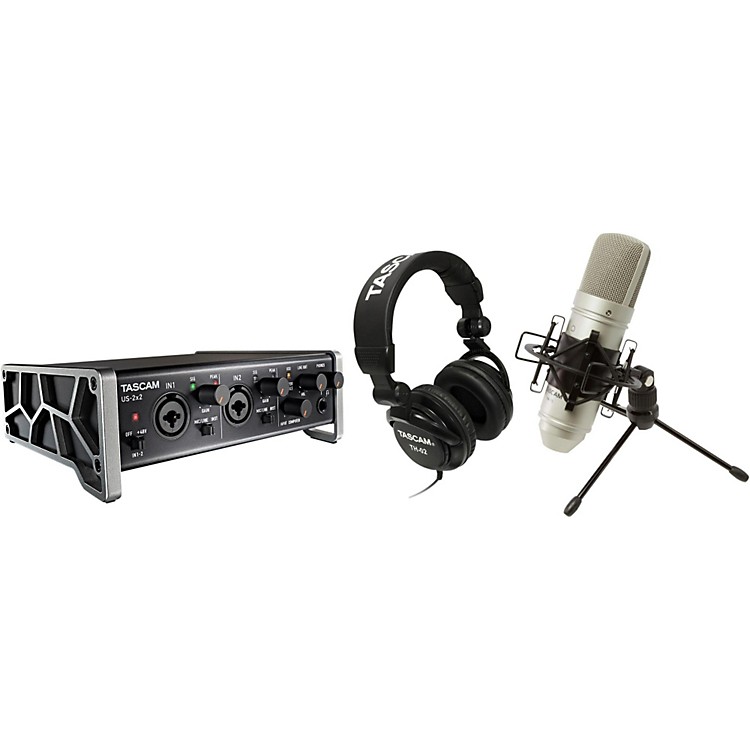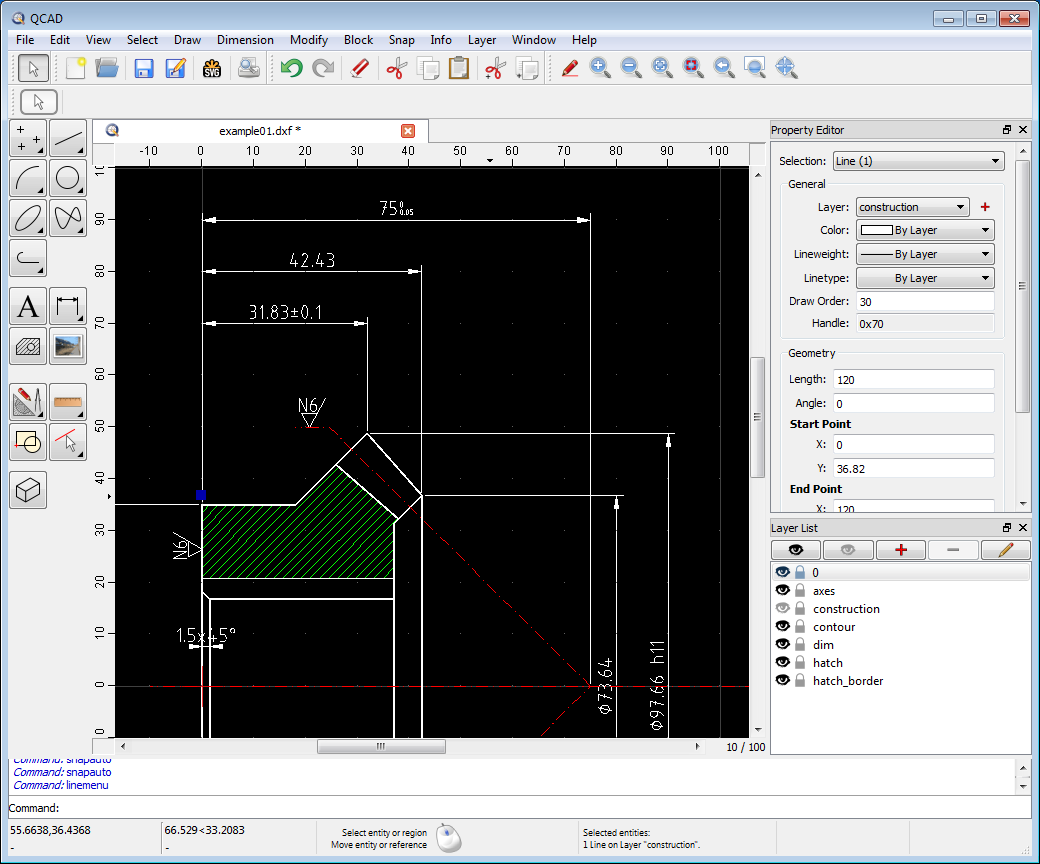With Hallmark Card Studio software for Mac you are not limited to just making cards! You can make cards, stationary & envelopes, photo frames, postcards, photo cards, invitations, note cards, labels, and calendars. Disclosure: I would like to thank Lynda Starr and Hallmark for providing me with a complimentary copy of Hallmark Card Studio for Mac for the purpose of this review.
- A review on the print studio app that prints square sized photos as well as photo books. The prints are stunning and are well worth the money. For more iPhone tips and tricks visit my site at www.
- Canon Print Studio Professional Photo Printers. Canon Print Studio Pro is a plug-in that is published by the printing products to improve your image.
- Pros
Excellent feature set. Helpful sample scripts included. Attractive and organized interface. Also available for Windows.
- Cons
Expensive. No mobile apps. Some crashes in testing.
- Bottom Line
With a professional interface and wealth of tools, Script Studio is among the best writing apps you'll find. Its high price may dissuade some from trying it, though.
Script Studio is an impressive app for professional writers. It has a wealth of features for drafting, plotting, organizing, and writing different kinds of works. In particular, Script Studio supports screenwriting well, although it has plenty of other features that novelists and other kinds of authors will appreciate, too. It's clearly one of the best apps for writers, although its high price tag prevents it from competing with other apps in the same category. Our Editors' Choices are Scrivener for cross-platform use, Ulysses for Mac, and Final Draft for professional screenwriters.
- $39.99
- $45.00
- $249.00
- $59.99
- $19.99
- $9.99
- $9.99
- $29.99
- $29.95
Price and Platform
Script Studio costs $199.95. It's sold like traditional software, in the sense that you pay a one-time fee for a license, and then you own the software indefinitely, although you get updates when they become available. The license is good for two installations on any Windows or macOS computers. You can have one Mac and one Windows computer, or two running the same OS.
The Windows and Mac versions are virtually identical, and the files that Script Studio creates work across platforms. If you ever need to transfer the license to a new computer, just make sure you deactivate the program on your old machine before trying to activate the license somewhere else.
Compared to other professional writing software, Script Studio's price is high. Professional writers' apps tends to cost around $50. The most notable examples are Scrivener, Ulysses ($39.99 per year; formerly $44.99 for a perpetual license), and Storyist ($59).
Another class of writing apps, generally advertised as 'distraction-free' apps, runs closer to $10 apiece. Two examples are iA Writer ($9.99) and WriteRoom. This type of software has significantly fewer features and isn't ideal for someone who needs tools for organizing beats, scenes, chapters, and characters. In my opinion, distraction-free software is better suited for short works, such as articles, blog posts, and short stories.
At $249, Final Draft is an outlier in pricing. This app, however, caters better than any other to professional screenwriters in that it has export options, formatting tools, and templates that meet highly specific industry standards. For example, it has a template specifically for Warner Bros. scripts, as well as one for Cole and Haag style. There's a template for half-hour sitcom, as well as a one-hour TV drama. It also supports collaboration, which few other writing apps do (except Adobe Story). Final Draft is the app to buy when you are actively working full-time in the screenwriting industry.
The Script Studio Experience
Script Studio immediately impresses with its attractive and professional design, clear interface, and wealth of features and resources. The writing window sits at the center, with every edge used for menus or navigation. A typical menu bar lives at the top. A collapsible left rail lets you move quickly among your script, title page, reference material, and other pages. A collapsible right rail contains a library-like view of your scenes, which you click on to jump to them or drag and drop to reorder. Along the bottom are a few handy tools including zoom controls and quick style application buttons for automatically formatting dialogue, action, character names, and other page elements.
I like that when starting a new file Script Studio offers you a Project Chooser, where you can select the type of work you're going to write. The options are screenplay, stageplay, musical, TV script, novel, and document. You can also skip the Project Chooser and simply start a new blank file if you prefer. When you use the Project Chooser, however, Script Studio gives you the appropriate tools for writing in your particular medium. It's essentially a template, although in the world of writing apps template can have a variety of meanings. In other apps, sometimes a template ends up being an entire sample document.
Script Studio has sample documents, but it appropriately collects them into a Reference Library, rather than calling them templates. The Reference Library contains a wealth of files that are based professional works, including Good Will Hunting, There's Something About Mary, and Die Hard. It's helpful to look at these samples not just for pointers on formatting, but also to get an idea of what works and sells. Note that the samples are not the full scripts but rather scene-by-scene outlines and analyses.
A screenwriting glossary provides assistance, too. Say someone gives you a note on your work about the story's MacGuffin. Rather than turn to the internet for help, where you might get sucked down a rabbit hole, you can stay in your writing app and pull up the definition from the glossary.
There are other resources, too, like a Name Wizard for generating names based on sex, initials, meaning, and heritage. Scene Cards let you map out a story on virtual index cards, as screenwriters and novels often tend to do. A Feel Factor tool offers slider bars that are color-coded to emotions or actions, like scare and romance, and the idea is you drag them to show how much of those emotions you want to see in each scene. I can't say I completely understand how you check the final writing against your intentions, but the tools are there if you find them helpful.

Details
When it comes to the details of Script Studio, such as finer features, how well it holds up when writing, and exporting options, the app certainly holds it ground, although it doesn't have everything.
An autocomplete option, for example, gives you control over when the app will automatically fill in character names, scenes, and other details, which helps writers maintain consistency across their work. The app offers a night vision mode, as well as the ability to save one custom visual theme that you can enable or disable from a quick-action button. Script Studio saves versions of your work that you can access or restore. Whenever you want to see statistics about your work, such as word count and time spent on project, you can pull up a detailed table.
Collaborating with other writers in real time, however, is impossible. Very few writers' apps support real-time collaboration, except for Final Draft and Adobe Story.
Script Studio also has no mobile apps at this time, although the developer told me that an iOS app is in development. The benefit of having a mobile app is to be able to make notes about or edits to your work whenever they strike you. Most of the other writing apps I've seen in the $40-and-up price range have at least an iOS app.
I mentioned that you can generate an elaborate table of statistics about your project, but you can't set a daily writing goal and track whether you meet it consistently in Script Studio. Most other apps have this feature, including yWriter, which is a free app for Windows only.
Another feature that some (but not all) writers enjoy having is support for Markdown. Very simply put, Markdown means that instead of styling your text with a formatting box, you use codes to mark bold, italic, and so forth. The reason some writers like Markdown is it prevents them from getting distracted by stuff that doesn't really matter, like typeface options. Distraction-free writing apps tend to support it. While Script Studio doesn't support Markdown, it also doesn't have a wild formatting menu either. You can add basic styles, but otherwise the font choices are kept to a minimum.
Visual Studio For Mac

As to import and export options, Script Studio supports a sufficient set of file types. The app can import the following file types: Final Draft (.fdx), Fountain Markdown (.fountain), RTF, PDF, and TXT files. It can also open Script Studio (.ssp), Movie Outline (.mvo), Movie Outline Reference File (.mvr), Movie Outline Structure Template (.mvt), and Script It! (.sip) files. Script Studio can export to Final Draft, Fountain Markdown, HTML, PDF, RTF, Scheduling Format (.sex), Script Studio Reference File (.svr), and TXT.
For the most part, Script Studio worked reliably and smoothly, although on a few occasions it crashed, usually after I had let my computer go to sleep and then woke it up again later.
Print Studio Pro
Competitive in Everything but Price
Script Studio holds its own among professional apps for writers very well, but the price tag tempers our enthusiasm. Comparable apps, such as Scrivener and Storyist, cost much less. As to Ulysses' price, which is subscription-based, it's comparable to Script Studio's only after five years of use. If Script Studio's price were less than $99, it would easily earn our Editors' Choice.
For now, our top picks remain Scrivener, Final Draft for screenwriting in particular, and Ulysses for Mac users.
Script Studio (for Mac)
Bottom Line: With a professional interface and wealth of tools, Script Studio is among the best writing apps you'll find. Its high price may dissuade some from trying it, though.
Please enable JavaScript to view the comments powered by Disqus.blog comments powered by